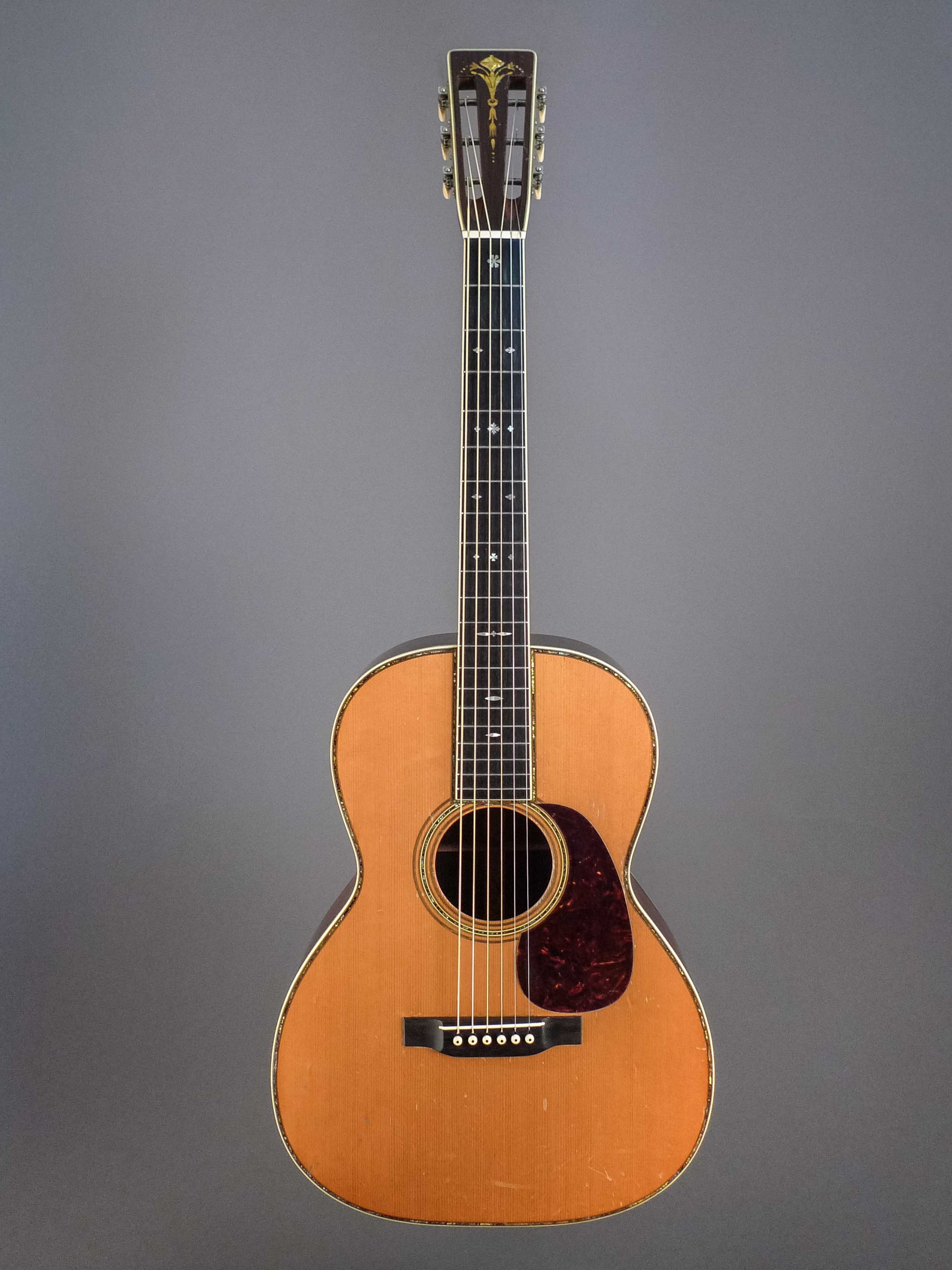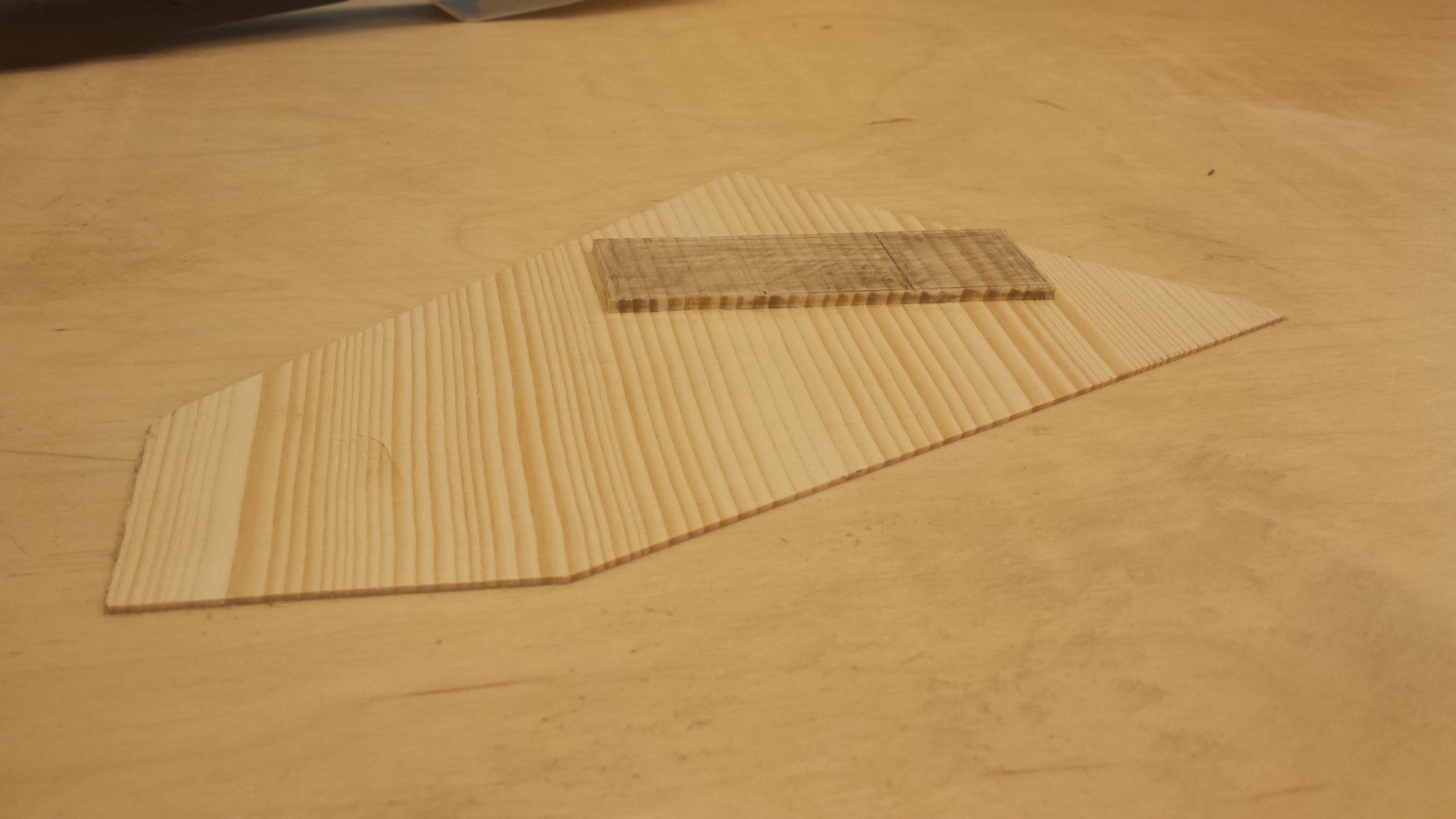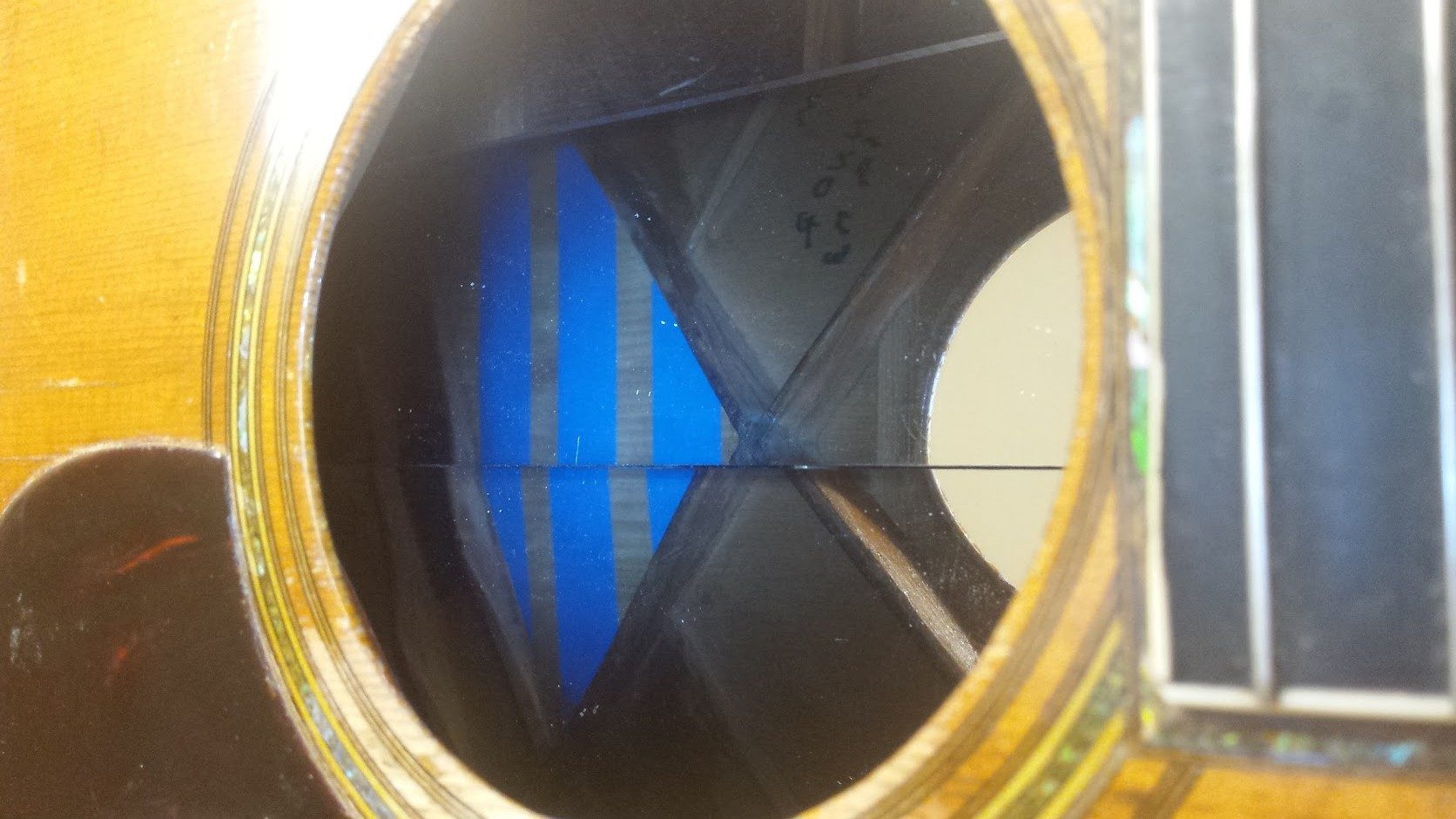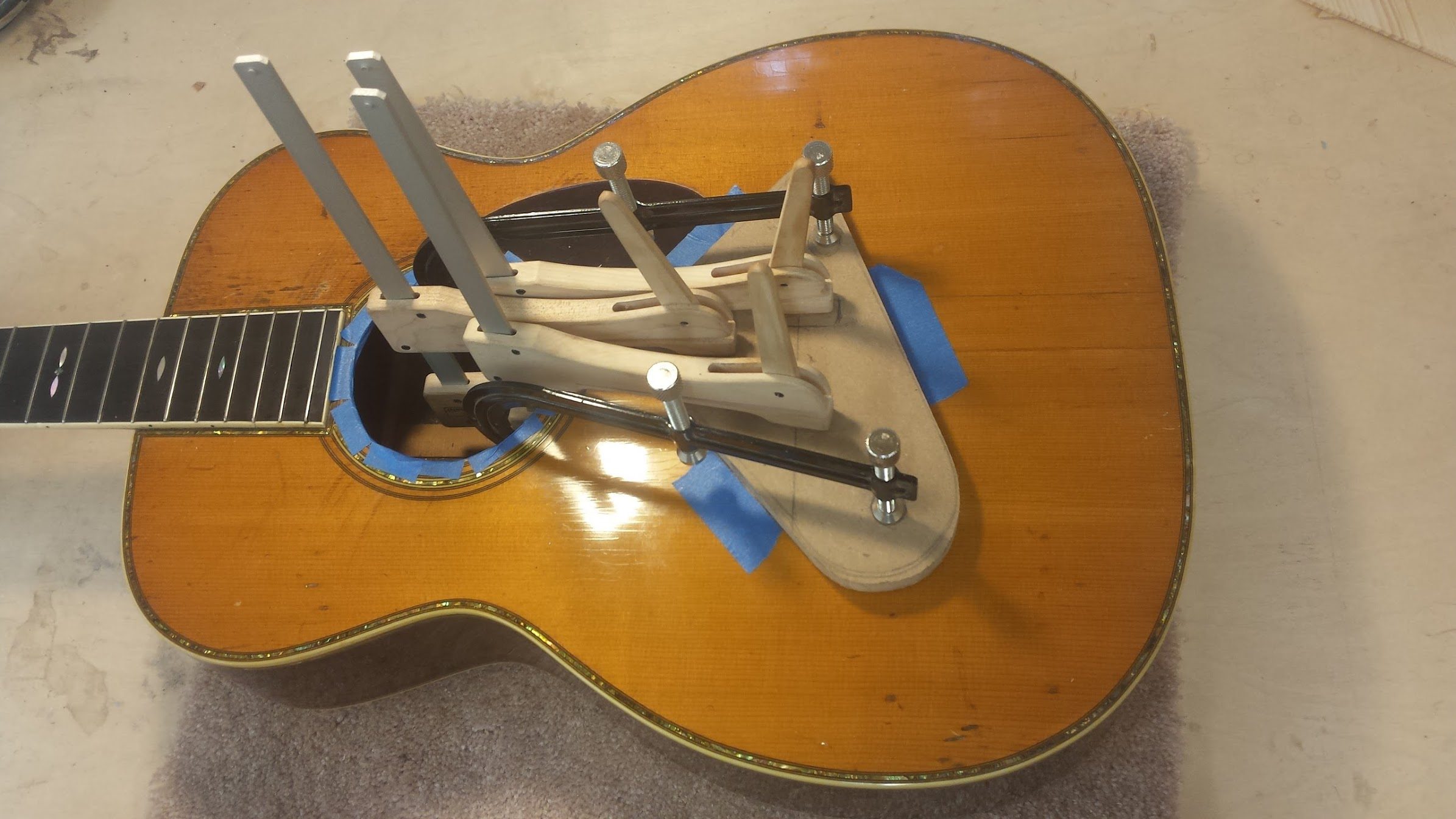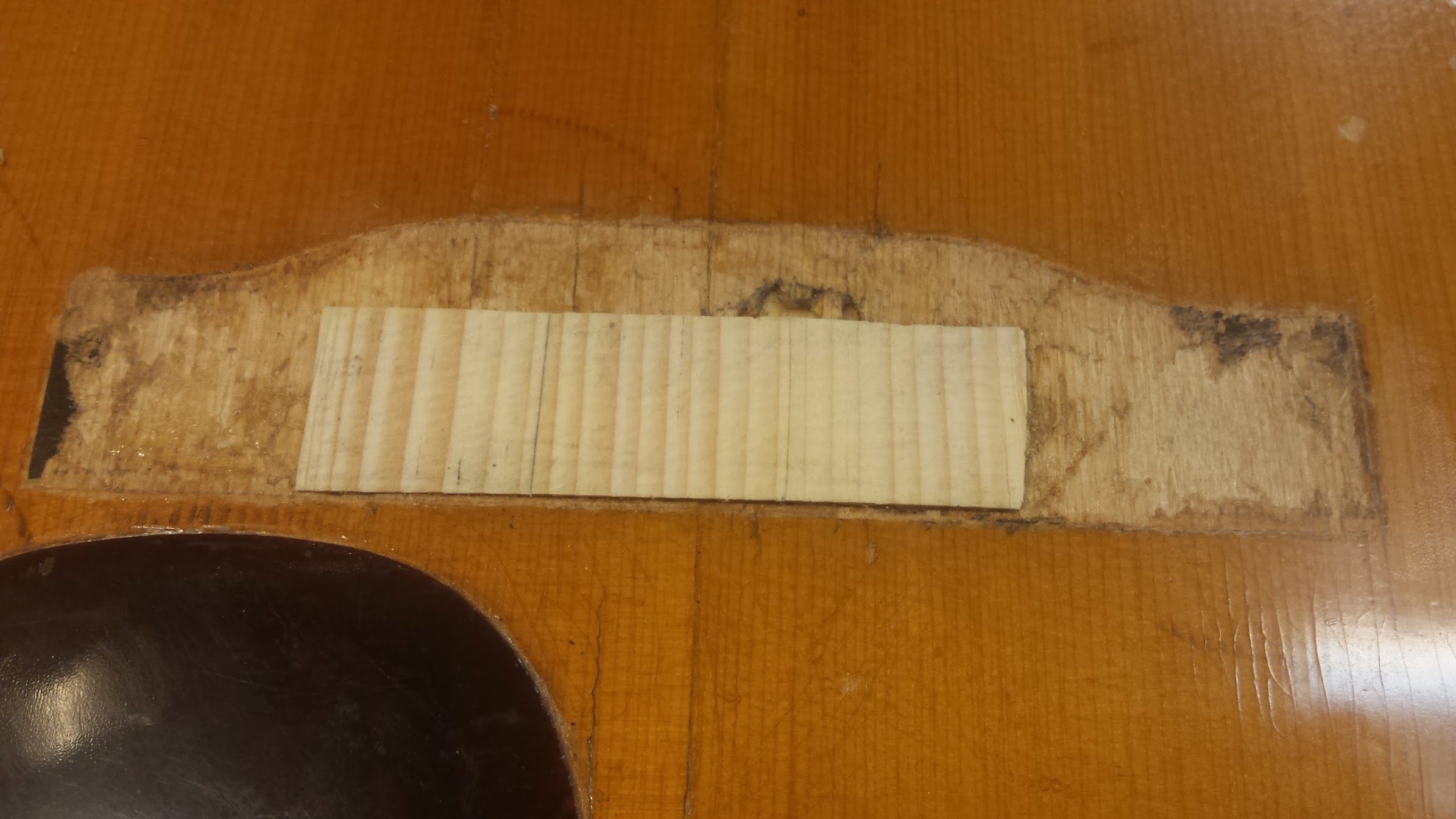The Artisan Guitar Show in Pennsylvania was a case of fortuitous timing: Dream Guitars was introduced to a slew of new and talented builders to add to our lineup! Canadian builder Ben Lavoie, Italian luthier extraordinaire Mirko Borghino, and Tyler Robbins, who’s been working alongside Bryan Galloup and Sam Guidry for several years now. Since that blustery weekend in April, we’ve taken in (and quickly sold) two of Tyler’s guitars, and we’ve got a third one, Ziricote and Engelmann Spruce, on the bench as we speak! We recently pried Tyler away from his busy schedule for a few minutes to talk about his building style, and more. Check it out below!
Here’s a link to the R.1 in process: https://www.dreamguitars.com/another-incoming-2017-tyler-robbins-r-1/
This is the R.1ca we just sold: https://www.dreamguitars.com/shop/2017-robbins-r-1ca-cocobolo-engelmann-1703.html
You can find all our Robbins guitars, past and present, here: https://www.dreamguitars.com/shop/builders/robbins-guitars.html
Who are some of your favorite guitar players? Have you built instruments for any of them?
Jon Gomm is the artist that got me into fingerstyle and the more percussive styles of playing guitar. I had never seen anyone use a guitar in so many ways to create different sounds and elements to his music. It was really inspiring. Once I realized I would never be able to play like that I decided I would give it my all to at least make the instruments worthy of players at that level. I have not built for him or any one of that caliber yet but I am fairly new to the scene and plan to change that in the near future!
What builders inspire you today?
I am inspired by both Bryan Galloup and Sam Guidry on a daily basis. I have been working alongside them day in and day out for close to four years now. Their quest to build the best-sounding instruments on the planet through material testing, experimenting, and research is motivating to say the least. I try not to look too much toward other builders for inspiration. I think it can stunt the growth of your own personal style and lead you down a path that someone has already traveled, whether intentional or not. I look to other forms of woodworking, design, architecture, and even nature for inspiration these days. I was in Peru last month and I thought my head might explode from all the new ideas I gathered just from wondering aimlessly through the streets!
Please describe your goals in voicing an instrument. How did you first find your voice, and how do you continue to experiment?
My goal, like most builders, is to achieve a balanced tone. I am looking sparkling highs with a present mid range and powerful lows that still retain clarity and crispness. I am pleased with the results I am getting with my current process but continue to push the instruments further through material testing and selection. I am becoming more selective on top material and utilize a wood testing method developed by Galloup Guitars. This allows me to start with only the best possible tops for the instrument and to not be limited by any unforeseen short comings in the material later in the build process.
Where do you think your building style will take you in the next five years?
Clean, unique, and challenging is what I am looking for. Balancing those three things is pretty difficult. You can be unique and do work that is difficult, but it can easily become cluttered or lose focus. Building a guitar that is clean and unique can work but if it’s so easy that anyone can do it, it loses my interest. In five years I hope my guitars have evolved to a complete coherent statement, something that will leave players saying “wow!” and other craftsmen scratching their heads wondering how I did it.
Any interesting facts about your technique or shop arrangement that you’d like to share?
Most of my building techniques are fairly standard except when it comes to some of my decorative materials. I make a lot of my own inlay material and some of it can be a bit dangerous. I have experimented with creating wood fragments with a twelve ton press, sending wood shards clear across the room. I use a two part resin for a lot of my inlays that I’m actually fairly allergic to, it has even put me in the hospital once. I’ve also gone as far as to run 12,000 volts through some of my material to create interesting patterns that I then emphasize with the resin! I am a lot more careful now a days but when I first started, I imagine my methods would make most people flinch.
What do you enjoy doing outside of building instruments?
Guitar building was my hobby first and foremost. It was the first thing I ever felt really proud of. This is a tricky question in that when I am not working for Galloup guitars during the day, I am working on my own guitars late into the night. 12-14 hour days are not an uncommon occurrence at all. When I do manage to pry myself from the shop, I love being outside in the warmer months. Michigan is amazing in the summer! I also enjoy finding new places to get good food or craft beer, and after a recent trip to South America I will be adding traveling to this list as well!
If you had not become a guitar maker, where do you think life would have led you?
If guitar building had not worked out for me as a career, I would most likely be a state police officer in New jersey, where I am from originally. I went to the Richard Stockton College of New Jersey and completed my bachelors in criminal justice with a focus in forensic psychology. Guitar building was just a hobby but it’s managed to keep me from needing to use my degree and I couldn’t be happier!
What music are you listening to right now?
I am currently listening to “Grow,” an album by the band Chon. My musical taste is all over the place. I will listen to anything from bluegrass to punk, from hip hop to metal while I’m working in the shop. I get strange looks from time to time but I enjoy the variety and I’m always looking for new music to get me going when I build.
If you could keep only one tool from your shop, what tool would that be?
That would have to be my old Bailey No. 5 Jack plane. It belonged to my grandfather, a custom cabinet maker, who is no longer with us. The plane definitely has the most meaning to me of all my tools. It was in rough shape when I got it but I put the time into cleaning it up and now she cuts like a champ. I use it for a few things but mostly when I’m joining sides at the end block. Nailing that seam and not needing an end wedge is not only one of the most difficult procedures but also one of the most satisfying.
I see you’ve employed a rosette design that highlights the grain of the top, rather than completely obscuring it with another material. Care to explain how you came to this, and other, aesthetic choices?
As I progress, keeping things clean and simple is becoming more satisfying to me. I first noticed how good a clean spruce top looks, unobstructed by a bold solid rosette, on a Galloup guitar. We only used black purfling to decorate the ring and I really liked the outcome. Since then I have been thinking of new ways to use spruce in a more decorative way with my rosettes. I like to showcase the beauty of the spruce while adding splashes of color with other materials here and there. I have a new idea for a multi layer rosette that will consist of spruce and sterling silver. It will make its debut on my next few builds as long as testing goes well!























































































